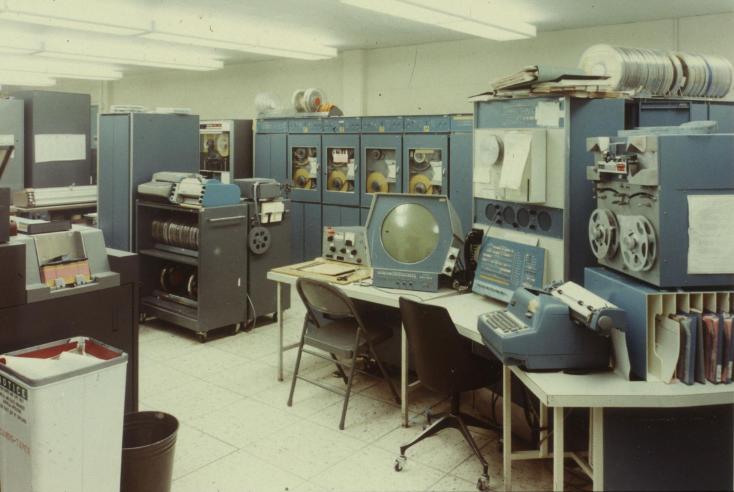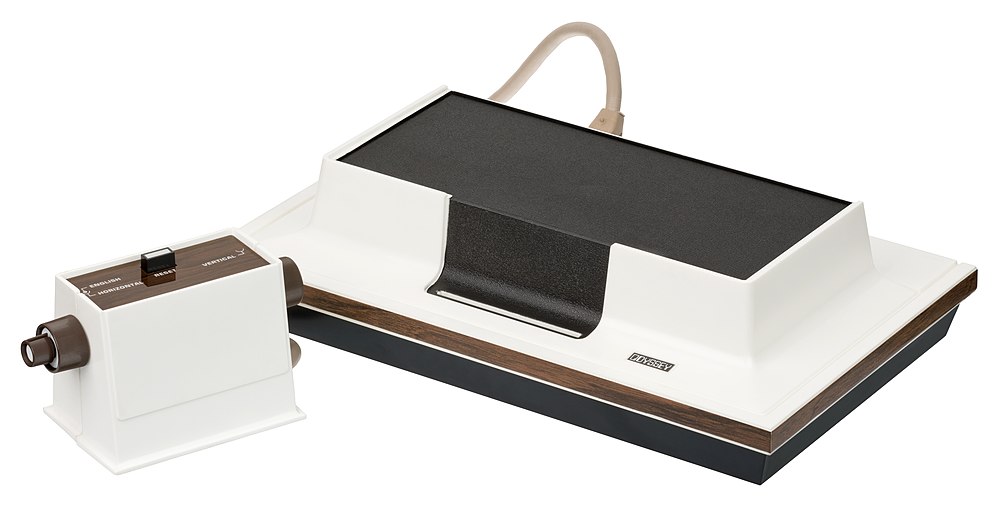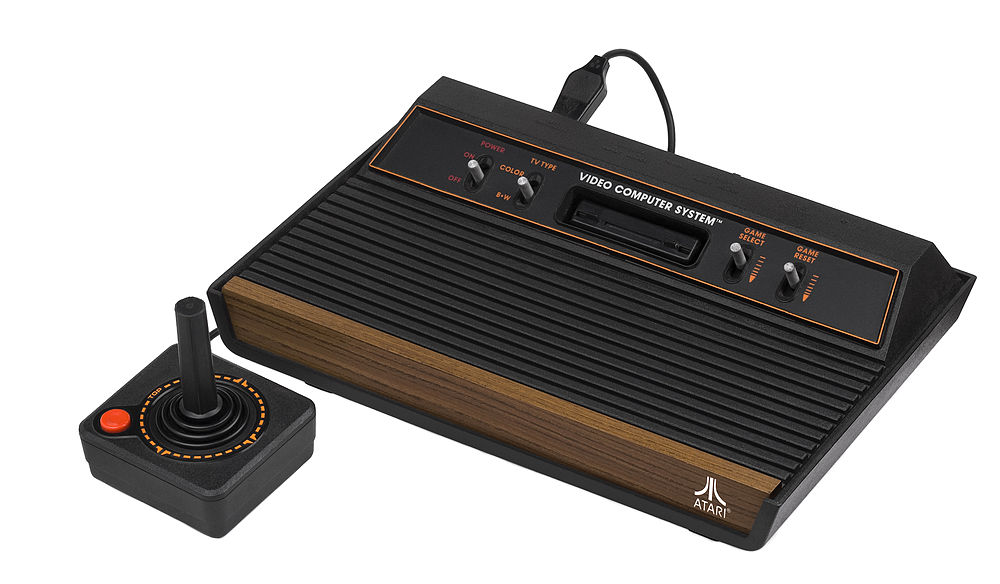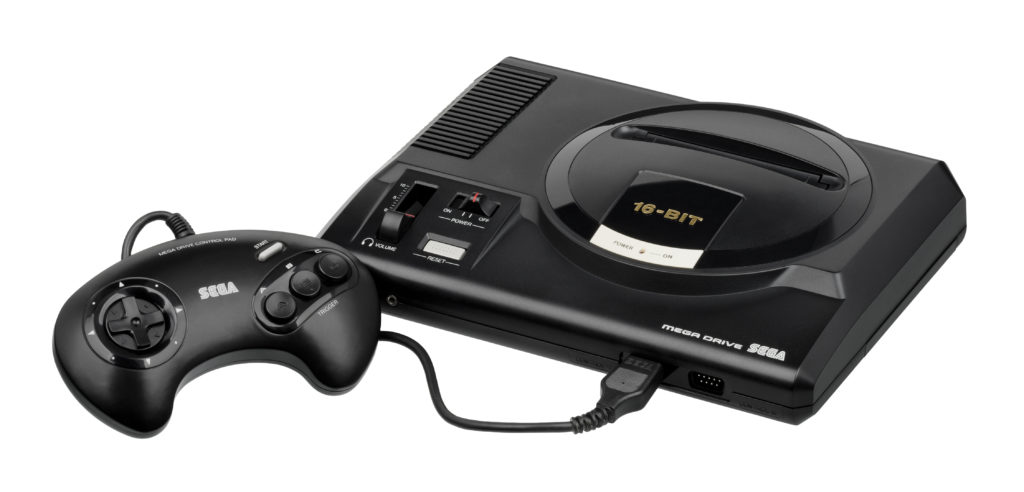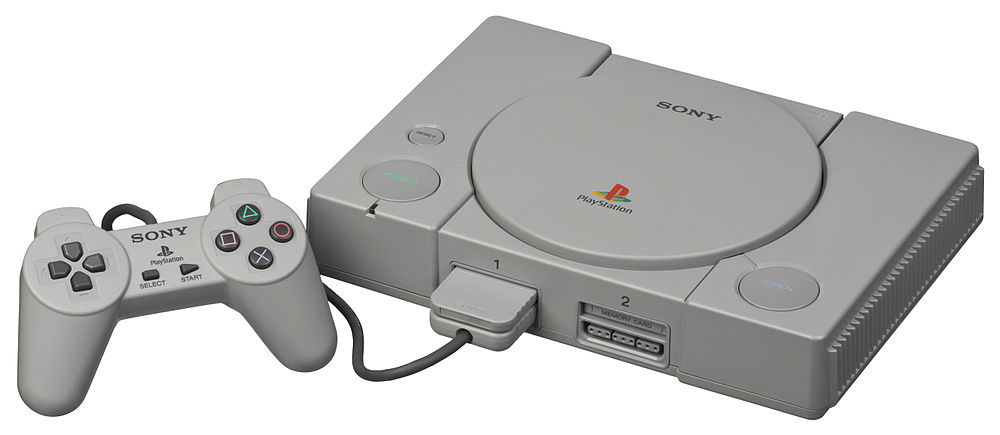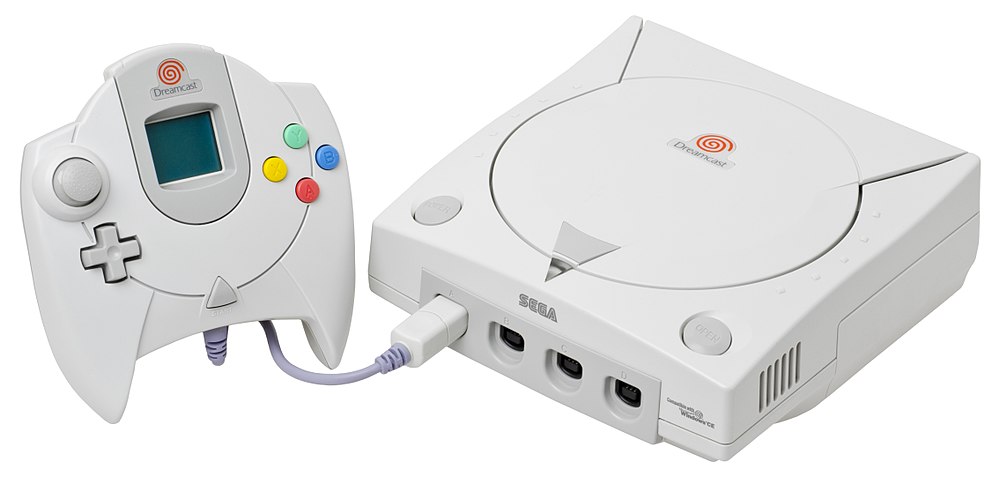Below you have the entire history of retro consoles and video games organized by generations of consoles. In each article you will find extensively developed content in addition to the consoles analyzed in Infoconsolas. I hope you enjoy it as much as I have in making it, a real journey through time through video games, history and nostalgia.
| GENERATION | LAUNCH | BITS | FIRST CONSOLE | BEST SELLING CONSOLES |
| First generation | 1972 | Analogical / 4 bits | Magnavox Odyssey | Atari Pong |
| Second generation | 1976 | 8 bits | Fairchild Channel F | Atari 2600 |
| Third generation | 1983 | 8 bits | Famicom/NES | Famicom/NES |
| Fourth generation | 1987 | 16 bits | PC Engine | Super Nintendo |
| Fifth generation | 1993 | 32 bits / 64 bits | FM Towns Marty | PlayStation |
| Sixth generation | 1998 | 128 bits | Dreamcast | PlayStation 2 |
| Seventh generation | 2004 | Without use | Nintendo DS / Xbox 360 | Wii |
| Eighth generation | 2012 | Without use | Wii U | PlayStation 4 |
| Ninth generation | 2020 | Without use | Xbox Series X | current generation |
History of video games, the beginnings
The history of videogames goes back to the Second World War, being the states, armies, scientists and later the universities, the first actors of a hobby that could still not even be glimpsed, and only a few visionaries knew how to theorize, and carry out the practice. In this article you have all the information history of the most unknown years of video games, their beginnings.
First gen. of video game consoles
The first, the pioneer, the generation from which a mass phenomenon emerged, an industry that has come to bill more than cinema and music combined. Marked by Pong and dedicated consoles, discover what the early years of our hobby were like, home video games conquering the world since 1972.
START DATE: 1972
FIRST CONSOLE: Magnavox Odyssey
Second gen. of video game consoles
Things are getting interesting, new companies, the arrival of CPUs and microchips, cartridges and joysticks… It was during these years that the foundations of video games as we know them today were founded, true visionaries who Based on trial and error, they were achieving stardom creating new standards or falling into oblivion to recover and honor their memory many years later. Learn about the history of one of the busiest and most innovative years in the history of video games.
START DATE: 1976
FIRST CONSOLE: Fairchild Channel F
Third gen. of videogame consoles
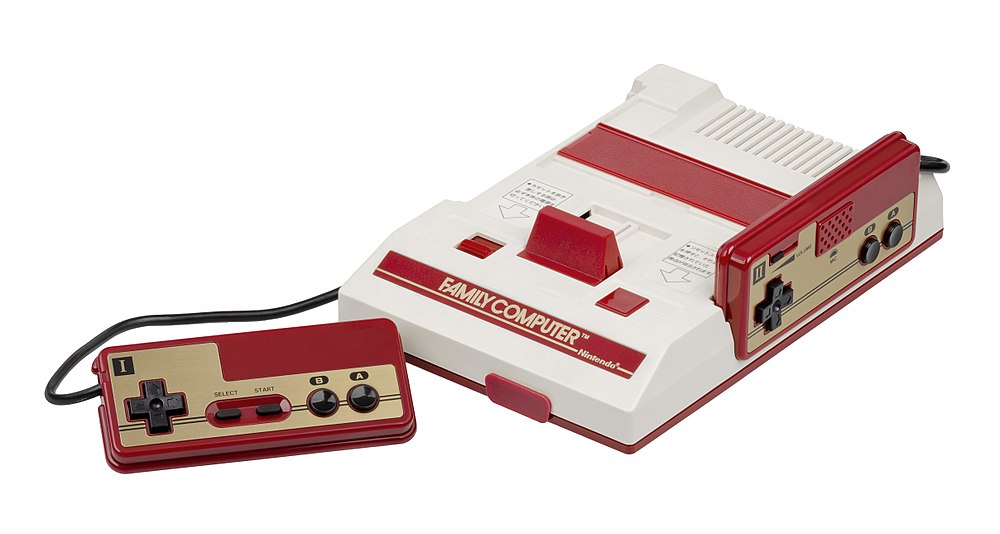
The 8 bits of all life ladies and gentlemen, the generation that saved consoles from a fatal fate after the Crash of 83′, the one that stood up to microcomputers such as the ZX Spectrum and Amstrad, the generation that further expanded the player base and the one that raised Japan to stardom, becoming the gaming mecca we all know and some of us idolize. One of the generations most longed for by all, the generation of the NES and the Master System, the third generation of video game consoles.
START DATE: 1983
FIRST CONSOLE: Nintendo Family Computer (Famicom/NES)
Fourth generation of videogame consoles
The fourth generation of consoles corresponds to what we all know as the 16-bit Era, an intense and interesting period in the history of consoles in which an intense fight was waged between SEGA and Nintendo, both on home consoles and on the Internet. the new laptops. To make it more interesting, numerous companies joined the fray with forays as big as the first CD consoles. For many of us, the best years of video games.
START DATE: 1987
FIRST CONSOLE: PC Engine
Fifth generation of video game consoles
The fifth generation of consoles, better known as the “32-bit Era”, is the generation that managed to keep some players who were getting older at the controls, unlike what happened in previous generations of consoles. Video games ceased to be a children’s game, and became entertainment for an adult audience, with the consolidation of CD-ROM as a format and the arrival of incredible 3D in our homes, with hundreds of thousands of polygons per second running through the circuits of our video game consoles. A generation that marked all of us who lived through it and kept us glued to the screen with a video game proposal simply A-W-E-S-O-M-E.
START DATE: 1993
FIRST CONSOLE: FM Towns Marty
Sixth generation of video game consoles
The sixth generation of video game consoles, also known as the 128-bit Era, includes one of the most interesting periods in the History of Video Games: In a few years we experienced the fall into the abyss of SEGA, the definitive rise of Sony, the despair of Nintendo and the arrival of a giant like Microsoft to face Sony. A battle of titans at the blow of exclusivities, chips, benefits, millions of polygons and a wallet, also a wallet.
START DATE: 1998
FIRST CONSOLE: Dreamcast
Seventh gen. of video game consoles
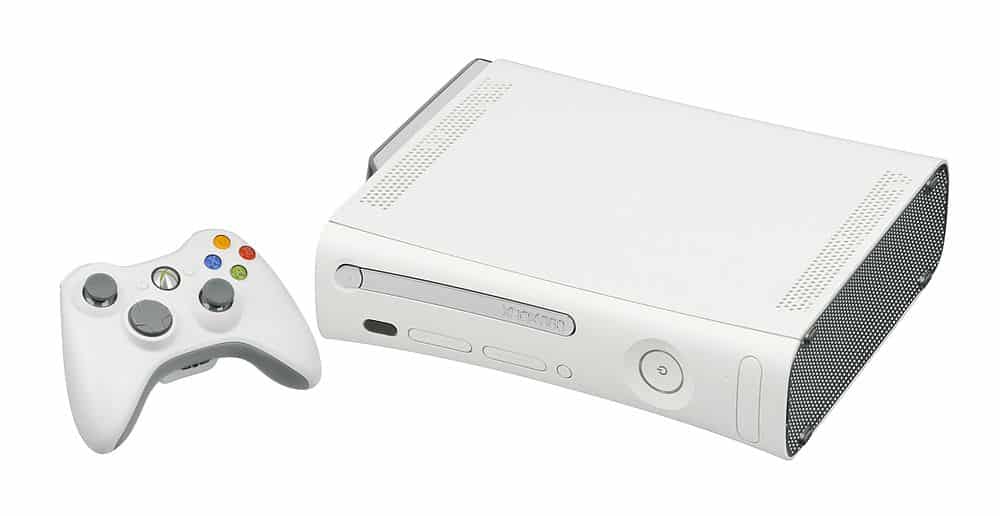
The seventh generation of video game consoles, the great battle between Sony and Microsoft that ended up blatantly winning Nintendo’s Wii. The first generation without our longed-for Sega and Sony’s incursion into what, until then, was a reign exclusively for Nintendo, the market for portable consoles, which was joined by more than 10 portable consoles specialized in playing retro video games. A few frenetic years that brought video games to all families, regardless of age or sex. The explosion of video games, the generation that conquered everything.
START DATE: 2004
FIRST CONSOLE: Nintendo DS (2004) – Xbox 360 (2005)
Classification of retro video game consoles by console generations
Several decades, many debates in forums and of course, a platform like the internet, have been necessary for video game fans to agree and accept a general and standard classification model for video game consoles: The video game generations.
It may be that for many this seems like an easy task, but nothing could be further from the truth, for “all life” video games had been classified by bits: 8 bits, 16 bits, 32 bits, 64 bits, 128 bits… This nostalgic way of classifying consoles worked fine for several generations, based on processor (CPU) bus width, but it already raised serious exceptions with consoles like the PC Engine, which had an 8-bit CPU and a chip. 16 bit graphic for example. For us simple gamers who just wanted to enjoy our games, the belief was that each new generation “doubled the processor bits”, a simplism that matched what industry hype would have us believe. So everyone was happy, when really as new consoles were launched, the graphics chip, support chips, RAM memory, the chosen format, internet access…
The problem came after the 128-bit consoles, when the classification of the “bits” was no longer enough and could not stand the continuous inconsistencies of a classification system, which had been out of date for many years. The bits no longer held. With the arrival of the Xbox 360, PS3 and Nintendo Wii, the architecture had changed so much, multimedia had been consolidated, the consoles were becoming more and more like PCs and the manufacturers themselves decided to focus their advertising proposals on other aspects. An uncertainty was opened among console fans, how do we classify video game consoles? By years, by brands, by media…
It is in this way that the generations of video game consoles took shape and strength to impose themselves as a model that, on the one hand, solved past dilemmas such as where to put a console like the 16-bit Intellivision, launched in 1979, and on the other hand, it conformed to the future consoles that were to come, being a model that orders the consoles based on technological evolution and year of release. No longer is only one pattern used, such as the width of the CPU bus, but many more giving a result as a whole.
What if we liked classification by bits better? Well yes, because at Infoconsolas we are very retro and very nostalgic, but really the current model is much better, so we must accept and support it. And for this last reason, here we present all the retro video game consoles ordered by generation, so that you can discover the history of our passion, our hobby, from its earliest years. In addition to showing you the analyzed consoles, we have worked on some fairly complete articles as an accompaniment to the classification explaining how the different console generations were, so… We hope you enjoy it!
And if you are collectors or lovers of retro and video games, do not forget to follow us on our Twitter of Infoconsolas!
FAQ Generations of retro video game consoles
Magnavox Odyssey.
9 generations as of 2021.
When there is a significant technological leap.
No, they ceased to be as architectures evolved.
Yes, since they are video game consoles.
The beginnings of the history of video games.
There is no fixed time, from the marketing of its first console until the end of manufacturing of its last exponent or the appearance of a new generation, depending on the interpretation.
Of course, as long as systems of different generations continue to be marketed. It has always been like this.
The seventh generation of consoles: Nostalgia aside, due to creativity, innovation, implementation of online, catalog, market expansion, backward compatibility and units sold, the generation of the NDS, PSP, Wii, XBOX 360 and PS3 has been the best.
In the seventh generation, it was possible to normalize and standardize online multiplayer in video game consoles.
In the second generation of consoles.
In the fourth generation of consoles.
Next generation, refers to the generation that is yet to come.
No.
The PlayStation 2 with 157 million consoles sold.
The Nintendo DS with 154 million laptops sold.

